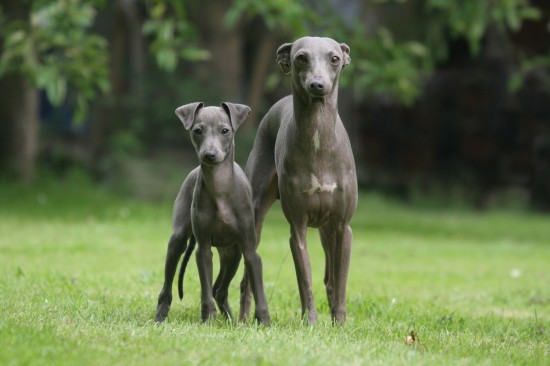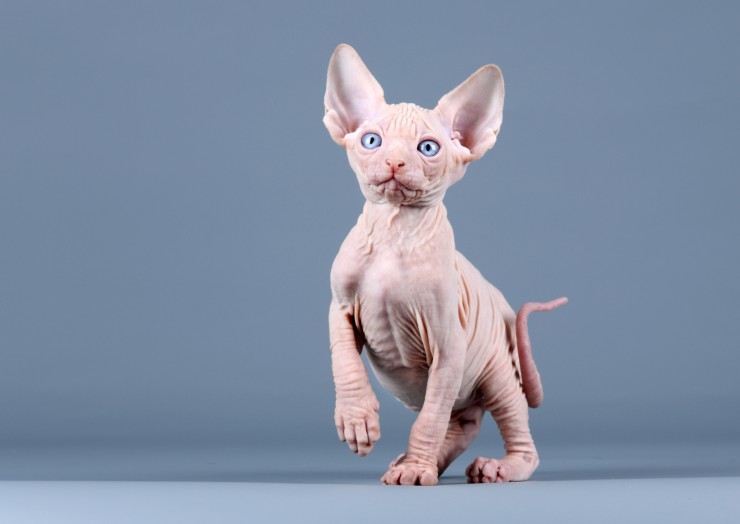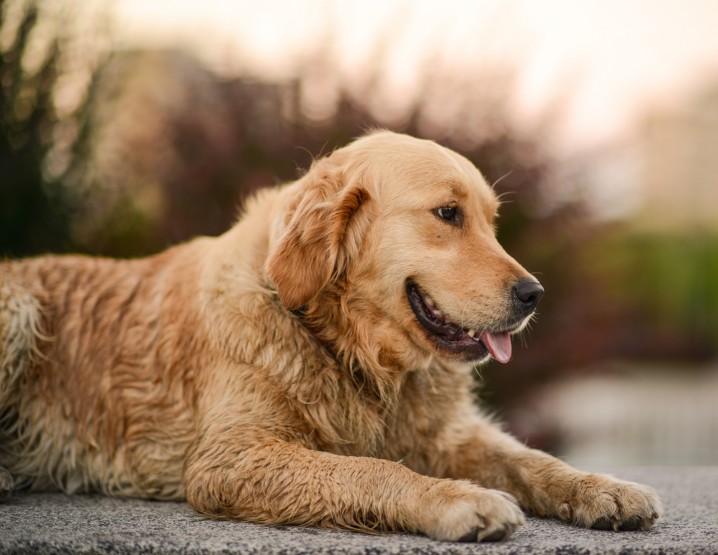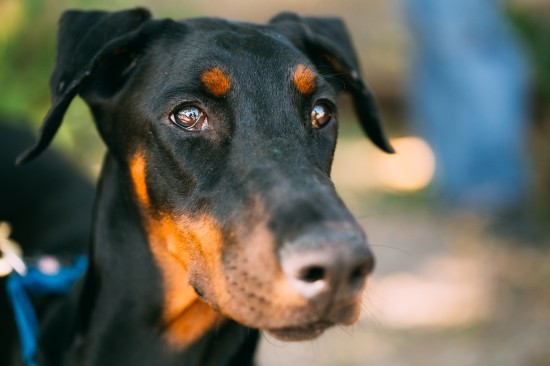

The Italian greyhound is the smallest of the sighthound breeds, and one that is often mistaken for the whippet by the uninitiated! Their appearance is much like that of the standard greyhound but on a much smaller scale, and they are generally classed within the toy dog grouping due to this.
They stand up to 15” high at the withers weigh up to 8.2kg, and are incredibly lightweight and delicate in both appearance and build. While they are often thought of as a miniature version of the standard greyhound, as the breed is classed as a genuine historical breed in its own right rather than a variant of their larger cousins, and their known bloodline can be traced back for over 2,000 years.
Like all sighthounds, they are lithe and fast on their feet, and can achieve a top running speed of up to 25mph.
If you love sighthounds but simply cannot accommodate a larger dog, or like the look and traits of the Italian greyhound in its own right, you might be wondering about their suitability as pets. In this article, we will cover some of the most commonly asked questions about the Italian greyhound, and look at some of the core factors that their potential owners should be aware of. Read on to learn more.
One common misconception about most sighthound breeds is that due to their fast running speed, they require almost limitless amounts of exercise, and hours and hours spent running around. However, other than their occasional bursts of high speed that are not sustained for very long, the Italian greyhound, like most sighthounds, is a rather sedentary dog, and does not require hours and hours of exercise every day. Two walks per day that offers the dog the opportunity to run around and work off steam is fine, and the rest of the time they will tend to be quiet, laid back and almost lazy, and love to spend large parts of their day cuddled up on the sofa!
It is certainly fair to say that the hunting instincts of sighthounds are very finely tuned, and the Italian greyhound is no exception. They are adept at spotting potential prey and will pursue it with great enthusiasm, and this can be hard to manage in terms of recall and control when out in the open. It also means that they may pursue domestic pets such as cats, and this is a common problem for owners of all types of sighthounds.
In order to keep other pets safe, the Italian greyhound should never be let out to run in an area that is not properly enclosed, and should be kept on a lead when out walking in the open. A muzzle may be used too, to offer an extra degree of protection to wildlife and other pets.
The Italian greyhound is generally quiet and calm, and prone to sleeping a lot, but when excited they can be rather fizzy and lively! They do enjoy playing and interaction with children, but may get bored quickly and will only thrive in a family whose children understand and respect their dog, and know when to leave them alone.
Because the Italian greyhound is very finely boned and delicate, they can soon become hurt or injured with rough play, and so may not make a good fit for families with very rambunctious children, or younger kids.
The Italian greyhound is a very small, fine dog that could not be described as particularly hardy. They are rather fragile and injure easily, and in fact the cause of death in as much as a quarter of all Italian greyhounds tends to be related to injuries or accidents rather than health problems.
Due to their low body weight and fine, short hair, they tend to feel the heat and the cold profoundly, and will almost certainly need coats and possibly even booties to keep them warm in the colder weather.
The average lifespan of the Italian greyhound is 13.5 years, although this figure drops to nine years when accident and injury is taken into account as a cause of death.
The Italian greyhound has a hereditary predisposition for certain health problems, including epilepsy, progressive retinal atrophy and cataracts, as well as Von Willebrand disease, a blood clotting disorder.
Responsible breeders will commonly undertake pre-breeding testing on their potential parent dogs, to identify a propensity for conditions such as hip and leg problems, eye conditions and poor clotting factors that can lead to Von Willebrand disease. Dogs that show traits for any of these conditions should not be bred from, and if you are considering buying an Italian greyhound, it is wise to buy from a breeder who runs pre-breeding test panels for common conditions.
 Seven Top Tips For Managing Life With Two Or More Dogs
Seven Top Tips Fo
Seven Top Tips For Managing Life With Two Or More Dogs
Seven Top Tips Fo
 The 5 Best Cat Breeds For An Indoor-only Home
The 5 Best Cat Br
The 5 Best Cat Breeds For An Indoor-only Home
The 5 Best Cat Br
 5 Reasons to Hire a Dog Walker
5 Reasons to Hire a Dog Walker
As the owner of
5 Reasons to Hire a Dog Walker
5 Reasons to Hire a Dog Walker
As the owner of
 Golden Retrievers And Obesity Issues
Golden Retrievers
Golden Retrievers And Obesity Issues
Golden Retrievers
 Different Types Of Polyneuropathy In Various Dog Breeds
Different Types O
Different Types Of Polyneuropathy In Various Dog Breeds
Different Types O
Copyright © 2005-2016 Pet Information All Rights Reserved
Contact us: www162date@outlook.com